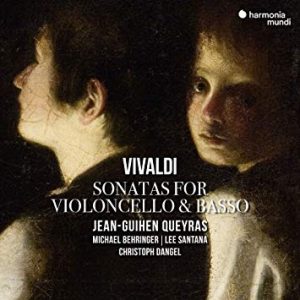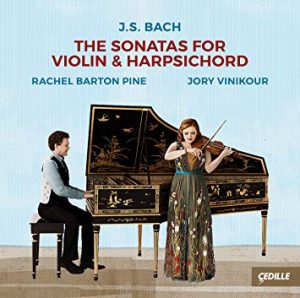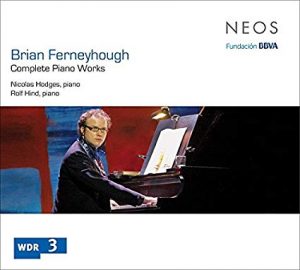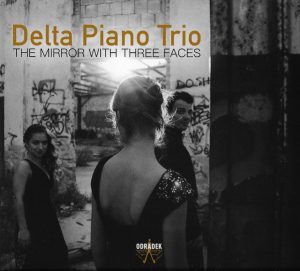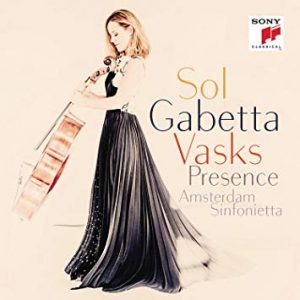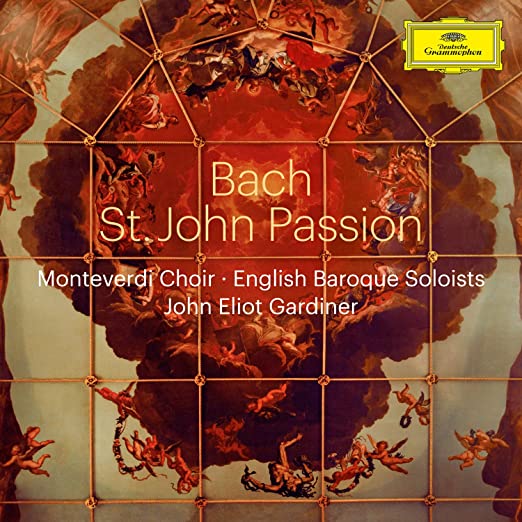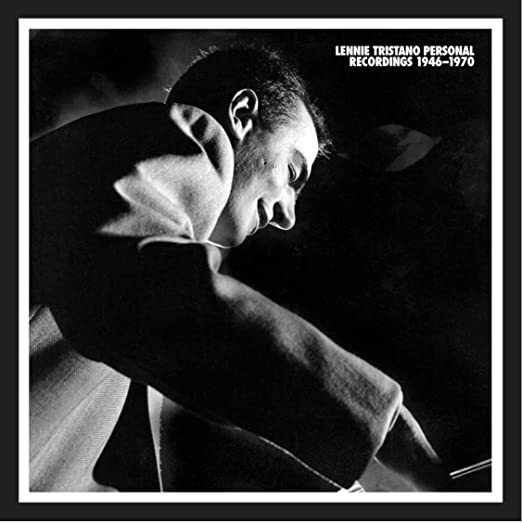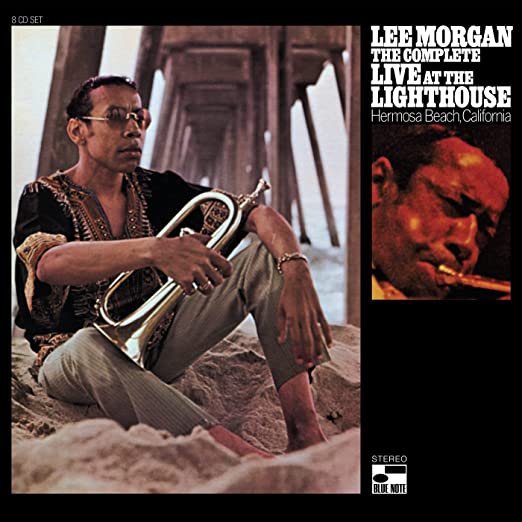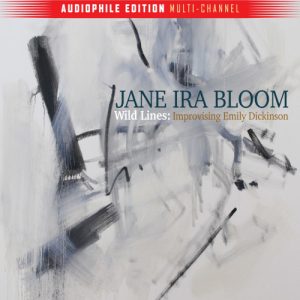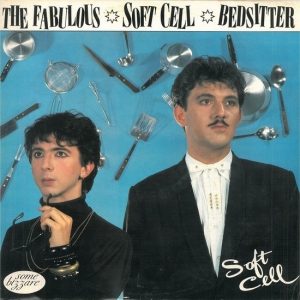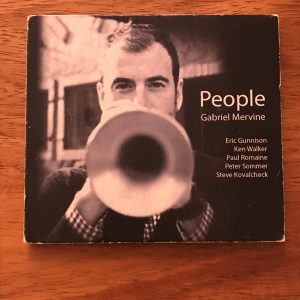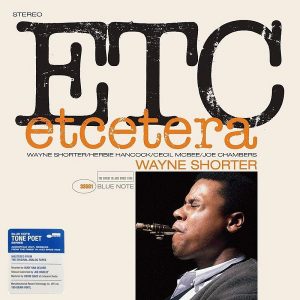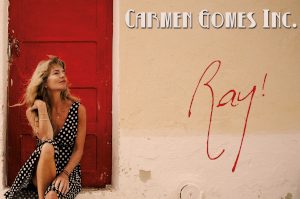Vivaldi, Sonatas for Cello and Basso Continuo, Jean-Guihen Queyras, cello. Harmonia Mundi.
It has been quite a while since we've had recordings of this seldom heard, truly engaging music. Christophe Coin did it well in 1989 for L'oiseau Lyre, Susan Sheppard did it fine that same year with L'école d'Orphee for CRD; and then there are Anthony Pleeth for ASV, Bylsma in 1990 for Deutsche Harmonia Mundi, and Pieter Wispelwey in 2006 for Channel Classics, among cellists we're most likely to know of. Wispelwey's is the most recent and it's already twelve years old. Surprising to me, Queyras is the only active major contemporary cellist who has recorded this music.
Queyras understands and performs this music as if it is close to the physical world around us. His Vivaldi is intimate, sometimes almost earthy—he sees it as the opposite of Bach, which he recorded for HM in 2007.
With Bach, we're in a spiritual universe right from the start and it's wonderful! With Vivaldi, transcendence is equally present but it derives from a different relationship to the world. In his music we're in close contact with matter. I'm always struck by the evocative power of this music, by the images it conjures up with incredible precision: everything is palpable, we're invited into a genuine sensory experience. J-g Q.
Queyras' Vivaldi walks gracefully but deliberately along the ground, considering the details as it goes, accompanied on some sonatas by a chamber organ that reinforces the sense of weight we feel. This is more savory than we're accustomed to hearing this music. Of the two interpretations I know well, Wispelwey's Vivaldi is lovely, featuring a light touch on the cello: it is delicate and lyrical. Coin's Vivaldi is also lyrical but more haunting, suggestive, and searching—sometimes a little sensual, sometimes dour. With Queyras the cello is more forthright and present than in either of the others: he digs deeper into the instrument, producing a vigorous but also sonorous sound. There is more range of emotion in his interpretation. 'This music was composed for cello, people, not a violin,' we can hear Vivaldi say here. 'If you want to fly and flit about like Aerial, I've got scores of sonatas and concertos for violin for you.'
Queyras can make lighter interpretations of this music sound a bit forced, as if the cellists are working against the music rather than going where it wants to go. That's what major performers can do to alternative views. Queyras makes this music very much about the cello and that instrument's capacity for making us feel the range of the natural world: he induces us to listen to its ability to sing but also to hear deep into its woodiness and the resonances that emanate from it. He lets us see that this may be the truer route to the music's beauty. Queyras tells us that the power of this music lies in its ability to "spiritualize matter."
Two sonatas in, Queyras has driven other interpretations to the wall for me. This is not light, occasional music, music for the privacy of the chamber. It is large, major matter composed for small forces. A great performance and a great recording.
J.S. Bach, The Sonatas for Violin and Harpsichord. Rachel Barton Pine, violin. Jory Vinikour, harpsichord. Çedille CDR 90000-177. (2 CD's)
I was not really prepared for this album. It arrived unannounced and unsought from Çedille's promotional agent, who clearly felt I must be the man for it. I have never had an opinion of Rachel Barton Pine, having heard her years ago when she was simply Rachel Barton. And I've heard enough versions of Bach's Sonatas to satisfy me into eternity. But the Çedille man was right, Pine is far more of a violinist than I knew, and her Bach has that perfect combination of directness and beauty we rarely hear. A lyrical directness. I'm not going to dig out all dozen of my recordings of this music on both CD and vinyl to check myself before I say simply that I've never heard better. And I've never been drawn to this wonderful music more.
Saying more here won't make this review more useful. This is a singularly fine album more than likely to get lost in the shuffle as it would have been here had Çedille's man not been right. You need to hear this.
Brian Ferneyhough. Complete Piano Works. Nicolas Hodges, piano. Rolf Hind, piano. Neos 11501-02. (2 CD's).
Some radical modernists are fun, some are boring. We get to choose and our preferences make the call. I am a fan of British avantgardist Brian Ferneyhough (b. 1943), one of what is probably not a very large number. When I discovered him some thirty years ago in the record library of Philips Academy in Andover, Massachusetts where I worked at the time, the record librarian looked at me with a gracious smirk. "Really?" she said. It was an album of his string quartets and it didn't go down easy. But I hung around patiently and at some point became attached to them. Art 'works' or it doesn't and eventually Ferneyhough's quartets worked. They became fun.
His music for piano works too. Just a piano against the silence, dynamic pointillism, though the dots don't cohere as they would in a Seurat painting. There is more space between them. Dots and phrases made of dots. Occasional chords. Intoxicating. Like much avant-garde music, it aims to render sound in space rather than in time. We feel the composer working on a canvas.
Two CDs of solo Ferneyhough music is a lot, so if you decide to try this album, I don't recommend dining on all of it as one sitting. In manageable bits, it is good fun. All of this music was composed between 1995 and 2013.
The Mirror with Three Faces. Dimitri Shostakovich, Piano Trio No. 2; Lera Auerbach, Piano Trios Nos. 1 and 2. Delta Piano Trio. ODRADEK ODR CD 350.
You would think that by now Lera Auerbach's deserved reputation as a rising Russian American composer would preclude the necessity for including the famous and oft recorded Shostakovich Trio with these two remarkable works of hers to help carry the venture. Or perhaps the excellent but largely unknown Dutch Delta PianoTrio just wanted a chance to show their considerable chops. Or maybe this is about musical heritage? In any case, while their performance of the Shostakovich is fine, it is the Auerbach trios that are the point here and what draw us to the release.
Auerbach is a brilliant and compelling contemporary composer and these two works show her at her best. The Piano Trio No. 1 tells us immediately that the composer is not clarified by thinking of her as a successor to Shostakovich but that she is 'a whole new thing' that must be met on its own terms, just as are her fellow modernist Russians Schnittke, Gubaidulina, Ustvolskaya, and the rest. She gives each of the instruments a life of its own, creating a starkly wonderful sense of musical drama. The work is over in twelve and a half minutes, so we are in and out before we know what's going on. Brilliant.
Piano Trio No. 2, which gives the album its name, mixes the intimate and the beautiful with the grand, the grand with the severe, the severe with the suggestive, and the suggestive with the dance. It feels like a whole world made of three instruments. Only a genius could hold it all together. Which she does with the virtuosic brilliance of these three musicians. We need to hear more of them!
Vasks. Presence. Sol Gabetta, cello. Amsterdam Sinfonietta. Candida Thompson, director. Sony 88725423122.
If you are a fan of contemporary romantic modernist Latvian composer Peteris Vasks (b. 1946) and of the cello, you don't need me to send you after this album. Argentine celllist Sol Gabetta, for whom Vasks composed his Second Cello Concerto; Presence (2012), the featured work of this release, is among the best known in the world. She is an ideal spokesperson for the music: clearly these two share deeply romantic sensibilities.
The work is composed of sections for solo and for cello & orchestra succeeding each other to great dramatic effect. Vasks is the only Eastern European composer who wears his (considerable) heart on his sleeve, willing to let the passionate pain that colors the region's modern history inform his music with emotional directness. What he makes of that pain in this concerto is pure elegiac eloquence, something like Barber's Serenade for Strings processed through an Eastern European imagination and experience. Deeper and richer than the Barber but, like the Serenade, innocent of irony.
Musique du Soir (1988) for solo cello and organ mixes in a moment of Kanchelli-like disruptive violence to take things up an emotional notch. As a result, this work is a more a intense affair. It can also be played by a horn and organ but I expect the result is considerably diminished.
Gramata Cellum - The Book (1978). This work for solo cello is the one that alerted Gabetta to the existence of Vasks. It calls to mind Kodaly's solo Cello Sonata. Personal rhetoric characterizes its first movement. Poignant elegy, much in the spirit of the concerto, characterize the second, though a solo cello can do things that are too intimate for a concerto.
Powerful, deeply emotional music from the soul of the modern Eastern European imagination.
System used for this audition: Resolution Audio Cantata 3.0 CD player w/BlackJack power cord; Blue Circle solid state NSC preamplifier and 002i-EPS amplifier, Jean Marie Reynaud Abscissa Jubilee loudspeakers; Crimson interconnects and speaker cable; Mapleshade Samson equipment rack.
Bob Neill, a former equipment reviewer for Enjoy the Music and Positive Feedback, is proprietor of Amherst Audio in Western Massachusetts which sells equipment from Audio Note (UK), Blue Circle (Canada), Crimson (UK), Jean Marie Reynaud (France), Resolution Audio (US), and Tocaro (Germany).




